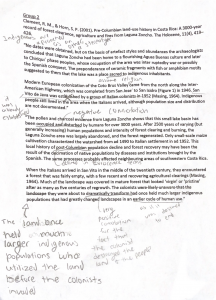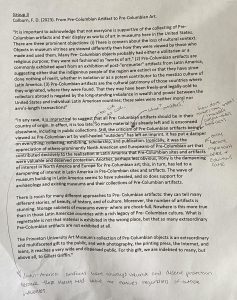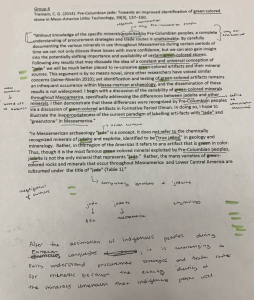Cultural Humility vs. Cultural Competence
Classroom Discussion
When working in any educational or outreach environment, it is important to remember that the people sitting in front of you come from a huge range of cultural backgrounds. Everyone’s unique lived experiences affect how they will interact with you and what information they will take away from a lesson, meeting, activity, etc.
Cultural Competence aims to educate and people on the cultural differences across groups of individuals and facilitate communication between them. First developed in the medical field, Cultural Humility expands on cultural competence and asks individuals to self-reflect on their own ideas and bias related to cultural groups and identities. This practice also asks participants to continue to reflect on these ideas overtime with the realization that one can never fully know all there is to know about a culture group or identity.
Classroom Activity
Mary Labrada, a STEM and DEI specialist at Rutgers Teaching and Learning with Technology, spoke with the class about the differences between Cultural Humility and Cultural Competence. Instructors wishing to provide an overview on this topic can download the presentation slides by clicking on the image below.

Students were asked to reflect on their own ideas and biases and develop questions that they could address in journaling exercises.
In groups, students were given blocks of texts from peer-reviewed scientific journals and asked to evaluate them from a “Deficit Based Communication” perspective. While this class was given papers that focused on the geologic and cultural background of the Pre-Columbian people of Costa Rica, this exercise could be duplicated for any scientific field and/or racial, cultural, or ethnic group.
After identifying some examples of deficit based language in the text, they were asked to rewrite some of these passages to better reflect at “Strength Based Communication” model.
Student Examples
Click any of the images above to view student reflections.


